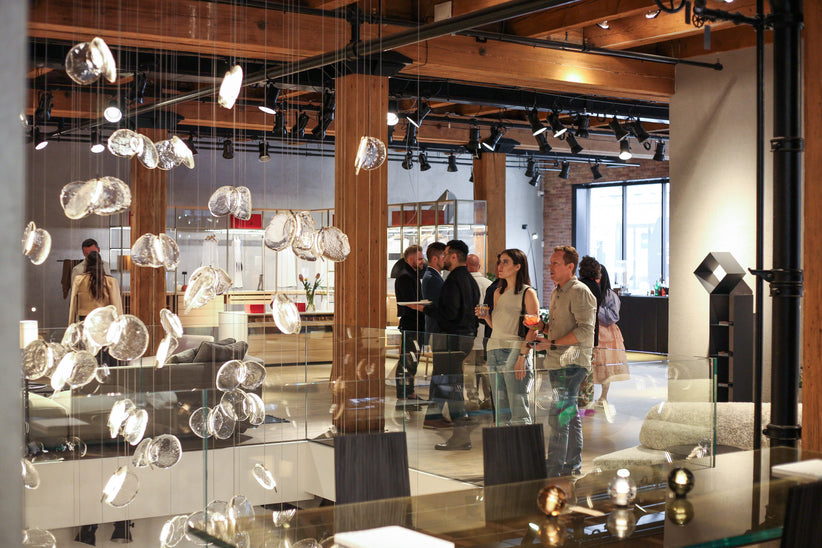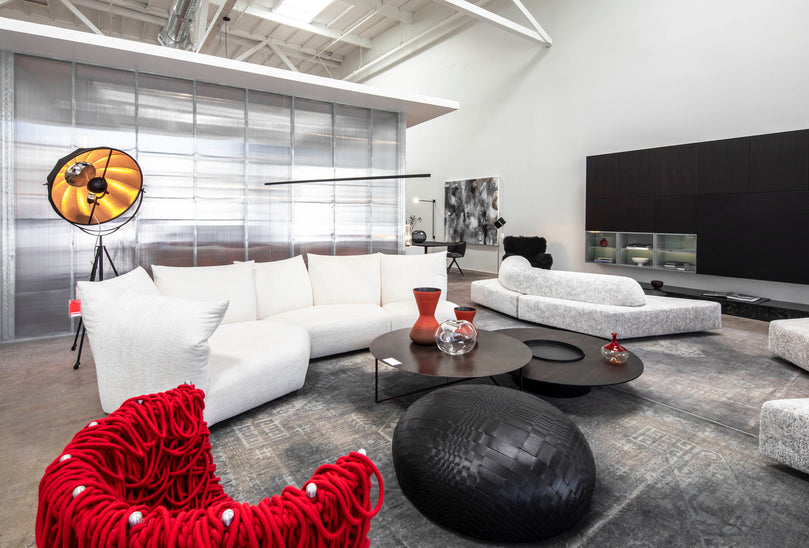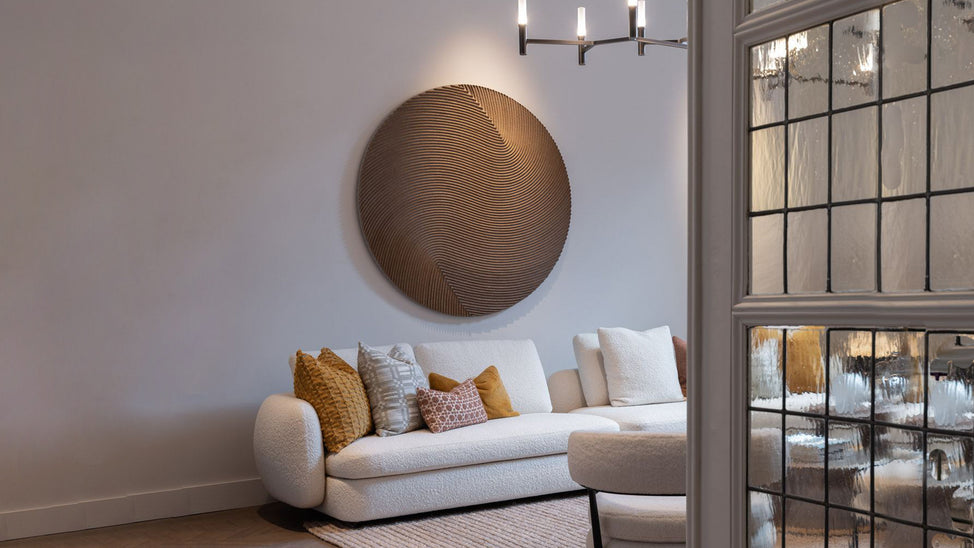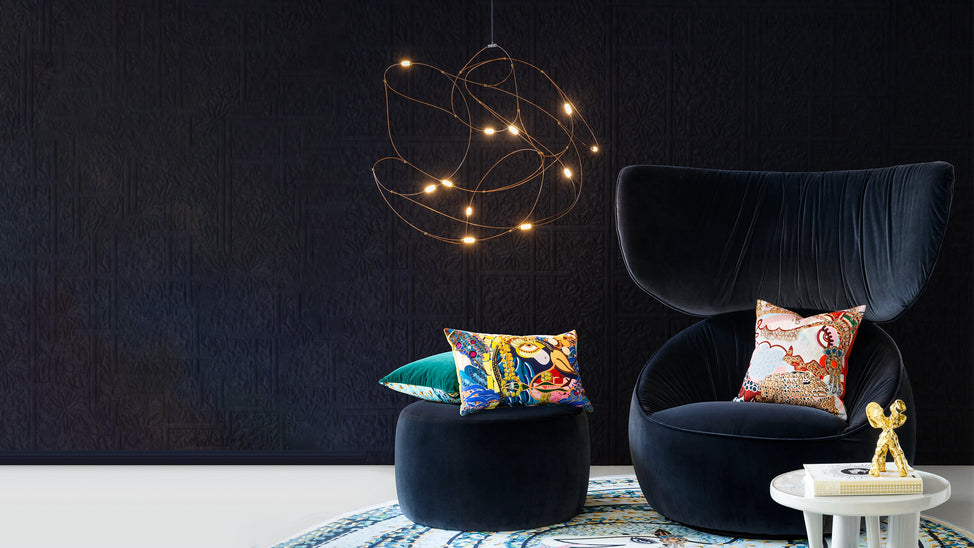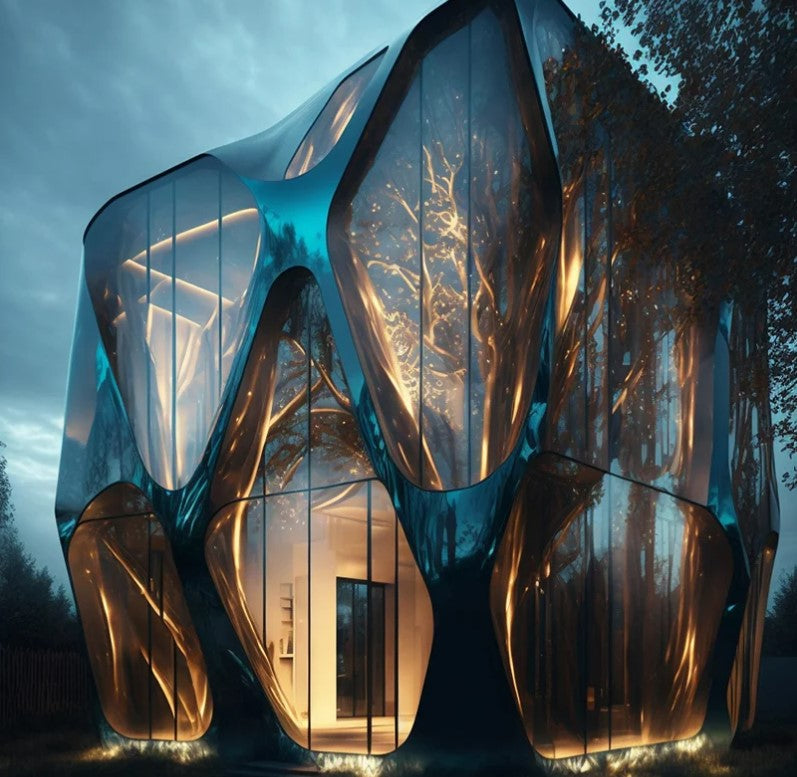Riveting, pioneering, and astute, remarkable possibilities abound in the future of new technologies, and none has made more waves in recent conversation than the creative potential of Artificial Intelligence, or AI, particularly in the realms of furniture design, interior design, and architecture. With its ability to analyze data, solve problems, and make autonomous decisions in numerous industries across the globe, from generating well-considered texts to crafting fantastical imagery with just a few simple prompts, AI could reshape the way new designs are conceived and produced, and uncover novel ways of mapping our personal spaces with customized solutions that make cohabitating with good design a way of life both gratifying and serene. While many educators, journalists, and academics are wrestling with the broader implications of this new and at times unnerving technology, the design community is experimenting with AI to improve efficiency in product design, precision in the creation of interior design projects, enhancing sustainability and ecofriendly methods in design manufacturing, and tapping into the efficacy of user experience and client preferences in a range of design-related fields. As we explore the varied applications of this new, uncharted tool, we reveal a future of design that makes our world more aptly functional, aesthetically pleasing, and specifically tailored to our desires and needs, pointed, affecting, and unique.
AI often refers to the ability of machines to learn and perform tasks that have in the past required human intelligence to complete. Combining this technology with human creativity opens up a world of possibilities in furniture design, from using machine-learning algorithms to analyze thousands of existing furniture designs and predict which designs could be most successful to opening avenues for more personalized and sustainable design processes that were previously deemed impossible. Software like DALL-E, Stable Diffusion, and MidJourney allows furniture designers to generate AI images based on prompts, giving them an opportunity to experiment with initial design concepts, curate possible designs and determine how they would exist in the real world. Even more fascinating, AI can help bring these ideas to life by streamlining and optimizing manufacturing processes to reduce waste and improve overall product quality. The first piece of well-known design crafted with the use of AI is the Kartell AI Chair, designed by Philippe Starck in collaboration with Autodesk, where AI calculated the best quality, sustainability, and comfort, and the designer contributed to the aesthetic sense of color and form. Another furniture collaboration between human and machine resulted in the Elbo chair, featured in Wired magazine and created by Arthur Harsuvanakit and Brittany Preston of Autodesk’s generative design lab, using Autodesk’s generative design CAD system to sift through possible designs for a chair that referenced the Danish Midcentury designs of Hans Wegner and Berkeley Mills and could support 300 lbs. After working with AI to select and refine designs the final product was what the designers found most pleasant, a structure resembling that of sinuous bones made of natural wood, that would look good and feel good in a modern home. While the object itself did not generate from the designers’ minds, the final product required their guidance and sign off, a unity of human resourcefulness and creativity in collaboration with AI to achieve a result both functional and visually compelling.
While the use of AI in furniture design is still in its beginning stages, the future of incorporating this technology in a traditionally hands-on craft presents an opportunity to become a game-changer in the world of design, offering possibilities for experimenting with new materials and new construction methods, pushing the boundaries of what makes good design great and enabling designers to craft products that are innovative, user friendly, and enduring. Equally impactful on the ways in which we consume design in our daily lives is the potential for AI to shape interior design, giving designers tools to create spaces that exceed homeowner’s expectations with compelling layouts, innovative color palettes, and optimizing resources within a given budget. With AI as a data analysis partner, interior designers can spend less time making informed decisions that take into account design trends, customer preferences, and information about materials and products, whether based on the demographics of a particular region or noted trends within a particular market. AI also offers the tools needed to create detailed 3D renderings of a design project, so that clients can better visualize how a space will look before renovation even begins, and can recommend furniture, accessories, and color combinations based on the client’s individual needs and tastes, allowing for a customer experience that is at once empowered and holistic. For the designer, AI algorithms can also optimize the layout of a space, considering the dimension and shape of a room, and make recommendations for furnishings that provide maximum functionality and efficiency in distribution of space. While all of these tools can help streamline the process of designing one’s interior, aid in the designer’s research and selection process, and make a project more vivid, concrete, and applicable for clients, the most resonating and valuable results arrive when AI is used in tandem with the creative expertise of a skilled, knowledgeable designer, who can interpret AI suggestions and augment them to optimal effect.
Incredibly vivid, hyperdetailed renderings of structures created through the uncanny and rapidly emerging realm of generative AI has also entered the field of architecture, shaping conversations about how we perceive the world around us and how architects communicate novel ideas about the future of our cities and our living spaces. While some architects, like Arthur Mamou-Moni of London and Michel Rojkind of Mexico City see a promising potential for generative AI in architecture to allow architects to spend less time on the digital screen and more time realizing ideas in the real world, others like New York-based architect Michael K. Chen are more ambivalent about the process, seeing the generation of AI images as interesting, yet mostly “garbage in, garbage out.” Having used AI for existing projects like the design of an eye clinic and a graphic identity for a brand of chocolate, Rojkind says he has not abandoned the tried-and-true, traditional use of a sketch book for his projects, but instead embraces a synthetic generation of images and an opportunity to explore new ideas and curate, rather than create, new concepts based on those results. He agrees that there are still aspects of architecture that AI does not have the power to delineate, and the architect’s imagination and expertise would be needed to tailor in attributes like social values and cultural contexts. While AI possesses the power to stretch what is possible in architecture, interiors, and furniture design, and can take the place of many technical or production-oriented tasks, it does not supersede the creative role of the designer or architect, as the fields of design and architecture are still rather open-ended. AI rather awakens the imagination to new possibilities while analyzing a range of pertinent data, making design more inspired, visionary, and tailored to those use it with refreshing clarity, speed, and efficiency. As AI remains poised to reshape the world of design and contribute to creation of more conscious, socially and ecologically responsible objects and structures, we look forward to what ideas transform lives and what dreams are made real with the unity of this wildly groundbreaking technology and the infinite richness of human creativity.
April 2024




